Home>diy>Planning & Engineering>What Is A Zoning Variance


Planning & Engineering
What Is A Zoning Variance
Modified: January 9, 2024
Learn about zoning variances and how they relate to planning engineering. Gain insights into the process and purpose of obtaining a zoning variance for your project.
(Many of the links in this article redirect to a specific reviewed product. Your purchase of these products through affiliate links helps to generate commission for Storables.com, at no extra cost. Learn more)
Introduction
A zoning variance is a legal tool that allows property owners to deviate from the existing zoning regulations and use their land or property in a way that is not typically permitted. Zoning regulations are laws put in place by local governments to regulate and control the use of land within their jurisdictions.
While zoning regulations serve the purpose of promoting uniformity, compatibility, and order in communities, they can sometimes impose restrictions that may not be suitable for every property owner or situation. This is where a zoning variance comes into play.
A zoning variance provides property owners with the opportunity to present a case to local authorities, explaining why they should be allowed to deviate from the existing zoning regulations. The granting of a variance is not automatic, and it is subject to a thorough evaluation of the specific circumstances of the property and its proposed use.
In this article, we will explore the definition, purpose, process, criteria, and challenges associated with obtaining a zoning variance. We will also provide examples to illustrate how zoning variances can be applied in real-world situations.
Key Takeaways:
- Zoning variances provide property owners with flexibility to address unique challenges and hardships while balancing community interests and land use planning goals. Public input and thorough preparation are crucial for successful variance requests.
- The process of obtaining a zoning variance involves research, application preparation, public hearings, and evaluation of specific criteria. Anticipating and addressing potential objections can enhance the likelihood of approval.
Read more: How To Apply For A Zoning Variance
Definition of Zoning Variance
A zoning variance is a legal authorization that allows property owners to deviate from the zoning regulations that govern their property. Zoning regulations typically dictate the specific uses, structures, and dimensions allowed within a certain area. However, there may be cases where the strict enforcement of these regulations would cause unreasonable hardship or prevent the reasonable use of a property.
A zoning variance grants permission to the property owner to use the property in a way that does not conform to the existing zoning requirements. This could include variations in the setback requirements, building height limitations, use restrictions, or other aspects defined by local zoning laws.
It is important to note that a zoning variance is not a change to the zoning district itself. Instead, it is a deviation from the specific zoning regulations applicable to the property. The intention of granting a variance is to provide relief in situations where strict compliance would result in unnecessary hardship for the property owner.
Variances are usually granted by local zoning boards or authorities after a thorough review process. The process includes evaluating the specific circumstances of the property and the proposed project, as well as considering the potential impacts on neighboring properties and the overall community.
It is important to distinguish a zoning variance from a zoning amendment or rezoning. A zoning variance is a specific exception made for a particular property, while a zoning amendment or rezoning involves modifying the zoning regulations for an entire area or district.
Overall, a zoning variance provides flexibility to property owners by allowing them to use their property in a way that is not commonly allowed under the existing zoning regulations. It aims to balance the needs of the property owner with the interests of the community.
Purpose of Zoning Variance
The primary purpose of a zoning variance is to provide relief to property owners who face unique circumstances or hardships that prevent them from complying with the existing zoning regulations. It recognizes that a one-size-fits-all approach may not always be appropriate and allows for some flexibility in land use planning.
One of the main objectives of zoning regulations is to maintain order and promote compatible land uses within a community. However, these regulations cannot account for every possible situation or challenge that property owners may encounter. This is where a zoning variance serves a crucial purpose.
A zoning variance offers property owners an opportunity to seek permission to deviate from the zoning regulations in recognition of their particular circumstances. These circumstances may include physical constraints, economic hardships, or unique characteristics of the property.
For example, a property located on a irregularly shaped lot may encounter challenges in meeting the setback requirements due to the parcel’s configuration. In such cases, a zoning variance can allow the property owner to build within a reduced setback, provided it does not create a negative impact on surrounding properties.
In another scenario, a property owner may face economic hardships due to changes in market conditions or unforeseen circumstances. A zoning variance can provide necessary flexibility to allow for alternative use of the property that may generate revenue or alleviate financial burdens.
The purpose of a zoning variance is not to undermine the overall goals of zoning regulations, but rather to strike a balance between the welfare of the property owner and the interests of the community. It ensures that while some deviations are permitted, they must still maintain the character of the neighborhood and not pose significant adverse effects or conflicts.
Additionally, by allowing for reasonable exceptions to the zoning regulations, a zoning variance can encourage creativity, innovation, and adaptive reuse of existing properties. It can promote sustainable development practices and contribute positively to the overall livability and functionality of a community.
Ultimately, the purpose of a zoning variance is to empower property owners to make the best use of their land while preserving the broader goals of zoning regulations. It provides a fair and transparent process for evaluating exceptional circumstances and promoting flexibility within the framework of local land use planning.
Process of Obtaining a Zoning Variance
The process of obtaining a zoning variance involves several steps and typically requires the property owner to submit an application and present their case to the local zoning board or authority. While the specific process may vary depending on the jurisdiction, the following steps provide a general outline of what to expect when seeking a zoning variance:
- Research and Planning: The property owner must first research and understand the existing zoning regulations that apply to their property. They should review the zoning ordinance and identify any restrictions or requirements that may pose challenges or conflicts with their proposed use or development.
- Consultation with Professionals: It can be helpful to consult with professionals such as attorneys, architects, or planning experts who specialize in zoning and land use. They can provide valuable guidance and help navigate the variance application process.
- Preparation of Variance Application: The property owner must prepare a variance application, which typically includes a description of the variance request, an explanation of why it is necessary, and supporting documentation. This may include surveys, site plans, architectural drawings, or any other relevant information.
- Review by Planning Department Staff: The variance application is typically submitted to the local planning department or zoning office for initial review. Staff members will evaluate the application, verify its completeness, and assess its compliance with the zoning regulations. They may provide feedback or request additional information if necessary.
- Public Notice and Hearing: Once the variance application is deemed complete, public notice is usually required. This includes notifying neighboring property owners and publishing notice in local newspapers. A public hearing will also be scheduled where interested parties can express their opinions or concerns regarding the variance request.
- Zoning Board Review and Decision: The variance application will be reviewed by the local zoning board or authority during a scheduled meeting. The property owner, or their representative, will present their case and address any questions or concerns raised by the board members. The board will then deliberate and ultimately make a decision regarding the variance request.
- Granting or Denial of Variance: The zoning board will decide whether to grant or deny the requested variance. Their decision will be based on factors such as the specific hardship faced by the property owner, the compatibility of the proposed use with the surrounding area, and the potential impact on neighboring properties and the community as a whole.
- Compliance with Variances: If a variance is granted, the property owner must comply with any conditions or restrictions set forth by the zoning board. These conditions may include limitations on the duration of the variance, specific design requirements, or other stipulations to mitigate adverse impacts.
It is important to note that the process of obtaining a zoning variance can be complex and time-consuming. It is advisable to seek professional assistance and engage in open communication with the local zoning authorities to ensure a smooth and successful process.
Criteria for Granting a Zoning Variance
The criteria for granting a zoning variance vary depending on the jurisdiction and specific circumstances of the property. However, there are some common principles and considerations that are typically taken into account when evaluating a variance request. The following are key criteria that zoning boards or authorities often consider:
- Hardship: One of the primary considerations for granting a zoning variance is whether the property owner faces a hardship that is unique to their property. This hardship must be different from what is experienced by other property owners in the same zoning district. It could be due to physical constraints, topography, or other factors that make strict compliance with the zoning regulations impractical or impossible.
- No Self-Created Hardship: A zoning board will focus on determining whether the hardship was self-created or whether it existed before the property owner purchased or acquired the property. If the property owner knowingly created a hardship by their own actions or decisions, it may negatively impact the chances of obtaining a variance.
- No Adverse Impact: The proposed variance must not result in any significant adverse impact on neighboring properties or the overall community. The zoning board will evaluate the potential effects on factors such as traffic, noise, visual aesthetics, property values, and the general character of the area.
- Consistency with the General Purpose of Zoning: The variance request should be in harmony with the general purpose and intent of the zoning regulations. It should not undermine the broader goals of land use planning, such as promoting public health, safety, and welfare, and maintaining the overall character and quality of the neighborhood.
- Minimal Deviation: Zoning boards often require that the variance request be the minimum deviation necessary to address the hardship. This means that the property owner should strive to find alternative solutions within the confines of the zoning regulations before seeking a variance.
- Equitable Treatment: Zoning boards must ensure that granting a variance to one property owner does not create an inequitable situation or set a precedent that could impact future variance requests. They consider whether the variance request is consistent with similar variances previously granted or denied in the area to maintain fairness and consistency in decision-making.
- Community Input: Public input plays a vital role in the variance process. Zoning boards often hold public hearings to allow neighboring property owners and community members to express their opinions or concerns regarding the variance request. The board takes into account this feedback when evaluating the merits of the request.
It is essential to note that meeting these criteria does not guarantee the granting of a zoning variance. Each case is evaluated on its own merits, and the final decision lies with the zoning board or authority. It is advisable for property owners to seek professional guidance and present a well-prepared case that clearly demonstrates how they meet the relevant criteria.
A zoning variance is a special permission granted to a property owner to use their land in a way that is typically not allowed by the local zoning regulations. This can include exceptions to building height, setbacks, or land use restrictions.
Public Hearing and Community Input
Public hearings play a crucial role in the process of obtaining a zoning variance. They provide an opportunity for community members, neighboring property owners, and other stakeholders to express their opinions, concerns, and support regarding the proposed variance request. The public hearing process ensures transparency, allows for the exchange of information, and promotes an inclusive decision-making process.
During a public hearing, the zoning board provides a forum for interested parties to voice their thoughts on the variance request. The format and procedures of the public hearing may vary depending on the jurisdiction, but the following key elements are typically involved:
- Public Notice: Prior to the public hearing, proper notice is given to inform the community about the meeting. Notice requirements typically include notification to neighboring property owners and publication in local newspapers. This allows interested individuals to be aware of the proposed variance and encourages their participation in the public hearing.
- Presentations by the Applicant: The property owner or their representative is given an opportunity to present their case to the zoning board and the public. They can provide information about the specific hardship faced, explain the proposed variance, and highlight any benefits or mitigating measures associated with the request.
- Comments from Community Members: Following the applicant’s presentation, members of the community are given the opportunity to express their opinions, concerns, support, or objections. This open forum enables individuals to bring up points related to the impact on their property, quality of life, traffic, aesthetics, and other factors they deem relevant.
- Questioning and Clarification: The zoning board members have the opportunity to ask questions to both the applicant and community members to clarify points, seek further information, or address any potential conflicts or issues raised during the hearing.
- Record of Public Testimony: It is common practice for the zoning board to keep a record of the public hearing, including written or verbal testimony from community members. This documentation ensures that the concerns and opinions of the public are taken into account when making a decision regarding the variance request.
- Deliberation and Decision-Making: Following the public hearing, the zoning board will consider all the information presented, including public input, as they deliberate on the variance request. They will assess how the project aligns with the criteria for granting a variance and make a decision based on the unique circumstances of the case.
Public hearings provide a platform for community involvement and engagement in the decision-making process, allowing for a more thorough and comprehensive evaluation of the variance request. They serve as an opportunity for the zoning board to gather valuable perspectives and gather a deeper understanding of the potential impacts and concerns associated with the proposed variance.
It is essential for property owners seeking a variance to be prepared for the public hearing by having a clear presentation, addressing potential concerns, and providing evidence to support their case. Engaging with community members, actively listening to their input, and addressing any valid concerns can greatly impact the outcome of the variance request.
By ensuring public participation and considering community input, the zoning board can reach more informed and balanced decisions that reflect the interests and needs of both the property owner and the broader community.
Potential Challenges and Objections to Zoning Variances
Obtaining a zoning variance is not always a straightforward process, and there can be various challenges and objections along the way. When seeking a variance, property owners may encounter opposition from different parties, including neighboring property owners, community groups, or even local authorities. It is important to be aware of these potential challenges and objections and to address them effectively. The following are some common concerns that can arise:
- Adverse Impact on Surrounding Properties: One of the key objections to a variance request is the potential negative impact it may have on neighboring properties. Concerns can include issues such as increased traffic, noise, reduced privacy, or a change in the character of the neighborhood. It is crucial for the property owner to address these concerns by demonstrating measures to mitigate any adverse effects.
- Inconsistency with Zoning Goals and Regulations: Some objections may be based on the belief that granting a variance would undermine the goals and intent of the zoning regulations. Objectors may argue that it sets a precedent that could lead to future similar requests or that it could create a ripple effect of non-compliance. The property owner can counter these objections by highlighting the unique circumstances and the fact that the variance is a tailored solution to a specific hardship.
- Loss of Property Values: Neighboring property owners may voice concerns about potential decreases in property values if a variance is granted. They may argue that the proposed use or development would be incompatible with the surrounding properties and could negatively impact resale values. The property owner can alleviate these concerns by presenting evidence that supports the compatibility of the proposed variance and its potential positive impact on the overall community.
- Environmental Impact: Environmental concerns are becoming increasingly important in land use decisions. Objectors may raise concerns about the potential harm to natural resources, wildlife habitats, or the overall ecological balance in the area. The property owner must address these concerns by demonstrating that the proposed variance includes appropriate measures to minimize environmental impact and comply with relevant environmental regulations.
- Community Opposition: A variance request may face opposition from community groups or organizations that aim to protect the interests of the community as a whole. They may argue that the proposed variance does not align with community values, long-term planning goals, or neighborhood preservation. The property owner can address these concerns by engaging in open and transparent communication, addressing misconceptions, and highlighting the benefits the proposed variance can bring to the community.
It is important for the property owner to anticipate objections and be prepared to address them effectively. This may involve conducting thorough research, seeking expert opinions, and engaging in proactive communication with the concerned parties. By presenting a well-developed case that addresses potential challenges and objections head-on, the property owner can improve the likelihood of obtaining the zoning variance.
It is worth noting that the specific objections and challenges faced will vary depending on the unique circumstances of each variance request and the specific community in which it is located. Taking a proactive and collaborative approach can help mitigate objections and build support for the proposed variance.
Examples of Zoning Variances
Zoning variances can be granted for a wide range of reasons and circumstances. Here are a few examples that highlight the diverse nature of zoning variances:
- Setback Variance: A property owner wishes to construct an addition to their house but finds that strict setback requirements would significantly limit the size of the addition. They apply for a setback variance to allow for a smaller setback distance, demonstrating that the proposed addition would not encroach upon neighboring properties or cause any adverse effects.
- Use Variance: An entrepreneur wants to open a small café in a residential neighborhood where commercial uses are not permitted by the zoning regulations. They seek a use variance arguing that the café would provide a neighborhood gathering place, create jobs, and contribute to the vibrancy of the community without causing substantial disruption to residential properties.
- Height Variance: A developer plans to construct a multi-story building on a small lot but finds that the height limitations in the zoning regulations would restrict the number of floors they can build. They apply for a height variance, demonstrating that the proposed taller building would still be in line with the overall density and character of the surrounding area without causing significant shadows or privacy concerns for nearby properties.
- Parking Variance: A business owner wants to convert an existing building into a restaurant, but the zoning regulations require a specific number of parking spaces, which cannot be accommodated on the property. They seek a parking variance, presenting a transportation demand management plan that includes strategies to alleviate parking concerns, such as valet services, off-site parking arrangements, and the promotion of alternative transportation methods.
- Signage Variance: A small business owner wishes to install a larger sign for their store to improve visibility and attract more customers. However, the zoning regulations impose restrictions on the size and placement of signage. They request a signage variance, providing evidence that the larger sign would not create visual clutter, impede traffic safety, or detract from the overall aesthetic quality of the area.
These examples showcase the various ways in which zoning variances can be sought and granted to address specific circumstances and challenges faced by property owners. It is important to note that each situation is unique, and the success of a variance request depends on the strength of the supporting evidence, the degree of hardship, and its compatibility with the surrounding area and the broader goals of the zoning regulations.
When considering a zoning variance, it is crucial for property owners to consult with professionals, engage in open dialogue with the community, and be prepared to present a well-developed case that addresses the specific circumstances and concerns of their proposed variance request.
Conclusion
Zoning variances are a valuable tool that allows property owners to deviate from the existing zoning regulations in order to address unique circumstances and hardships. The purpose of a zoning variance is to strike a balance between the needs of the property owner and the interests of the community while maintaining the overall goals of land use planning.
Obtaining a zoning variance involves a thorough process, including research, application preparation, public hearings, and the evaluation of specific criteria. Public input and community involvement play an important role in the decision-making process, ensuring transparency and consideration of different perspectives.
While seeking a zoning variance can be challenging, addressing potential objections and concerns, and presenting a well-prepared case can enhance the likelihood of obtaining approval. Engaging with professionals, such as attorneys or planning experts, can provide valuable guidance and increase the chances of a successful outcome.
Examples of zoning variances demonstrate the diverse nature of these requests, ranging from setback variations to use modifications. Each variance request is unique and must be evaluated based on its specific circumstances, impacts on neighboring properties, and consistency with the broader goals of zoning regulations.
Ultimately, zoning variances offer flexibility to property owners, promoting innovation, adaptive reuse, and the ability to make the best use of their land while considering the needs of the community. By navigating the variance process with care, property owners can address their specific circumstances and contribute to the livability and functionality of their surroundings.
Understanding the intricacies of zoning regulations, collaborating with stakeholders, and presenting a compelling case are key factors in obtaining a zoning variance. Property owners should approach the process with thorough research, open communication, and a commitment to finding a solution that satisfies both their needs and the broader interests of the community.
Frequently Asked Questions about What Is A Zoning Variance
Was this page helpful?
At Storables.com, we guarantee accurate and reliable information. Our content, validated by Expert Board Contributors, is crafted following stringent Editorial Policies. We're committed to providing you with well-researched, expert-backed insights for all your informational needs.

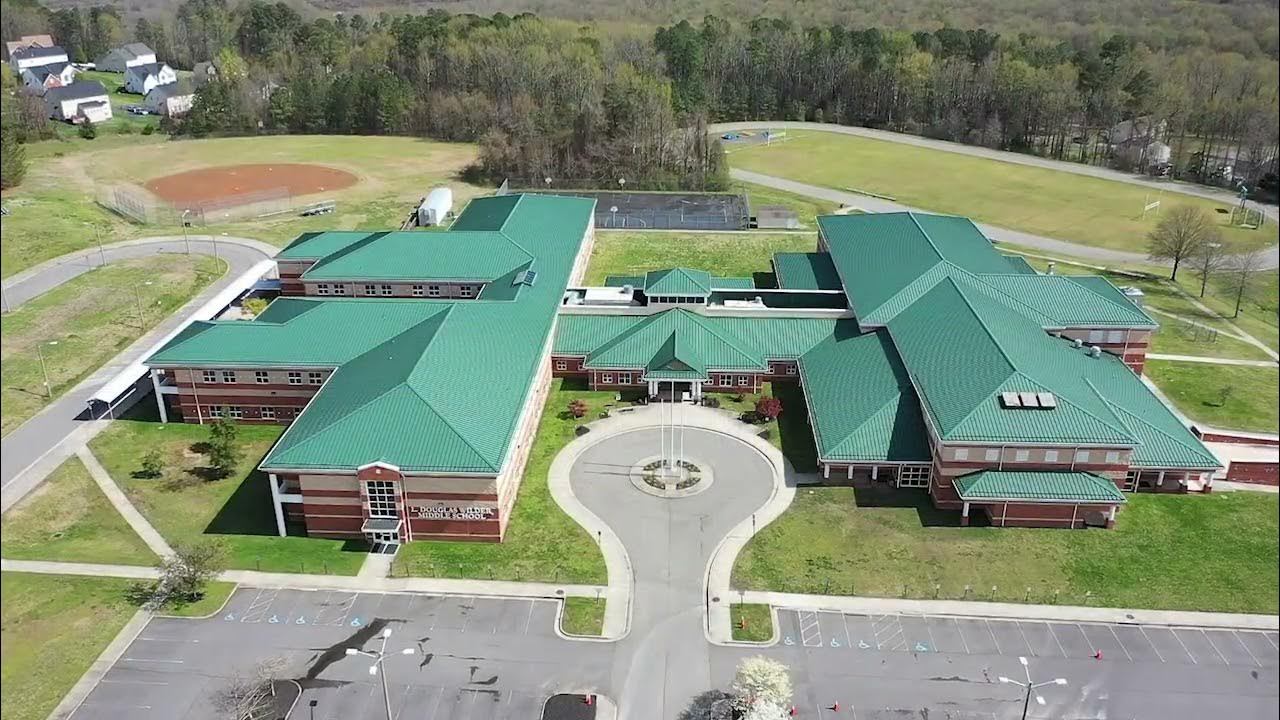
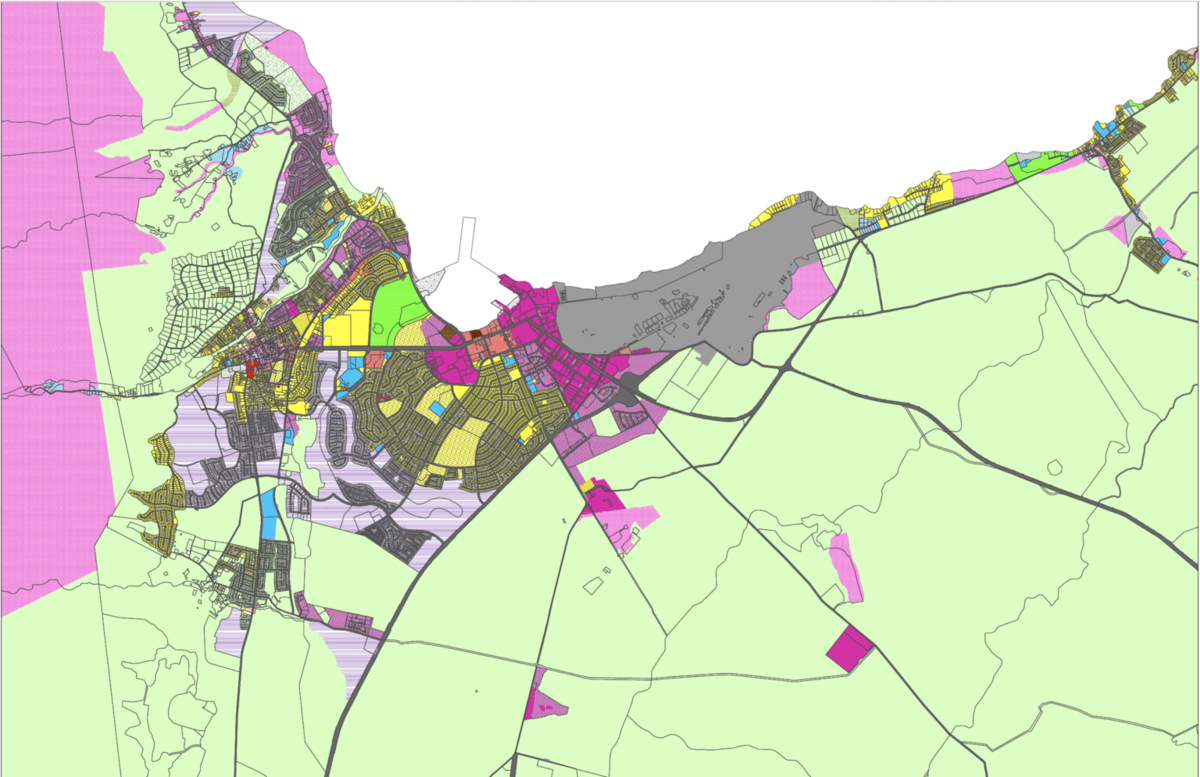


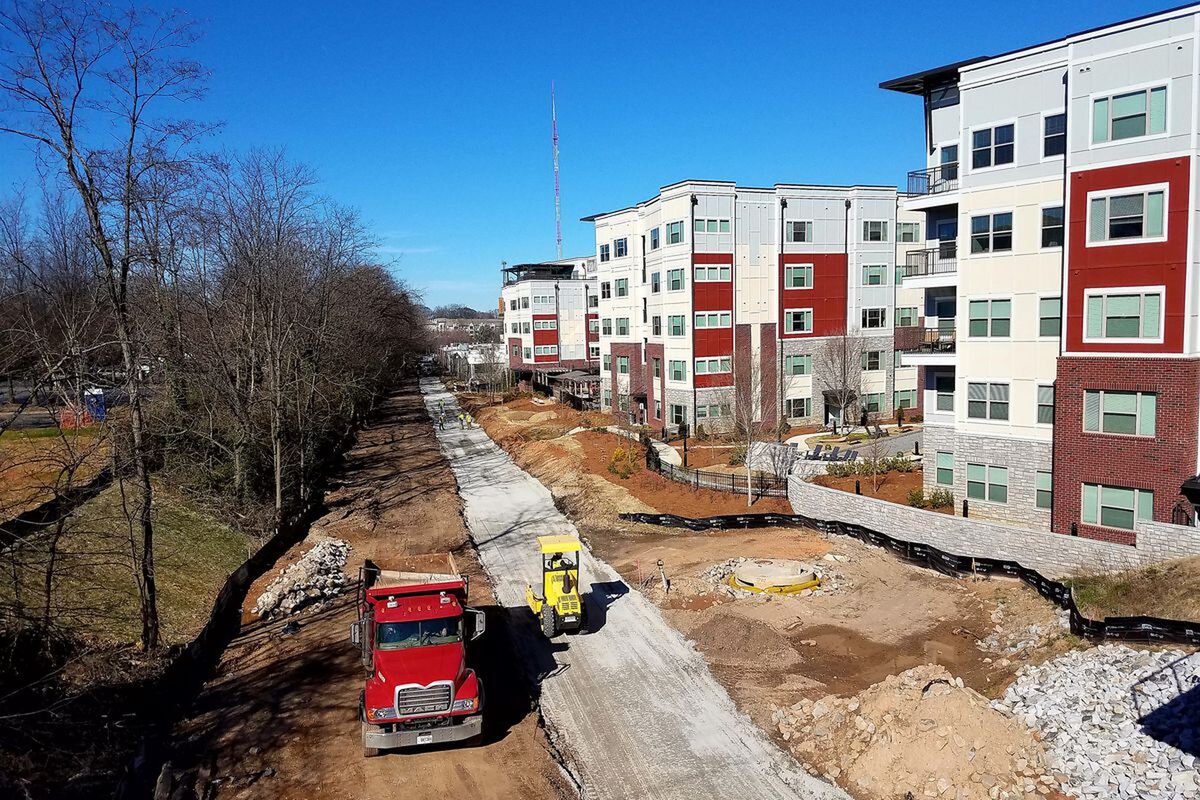
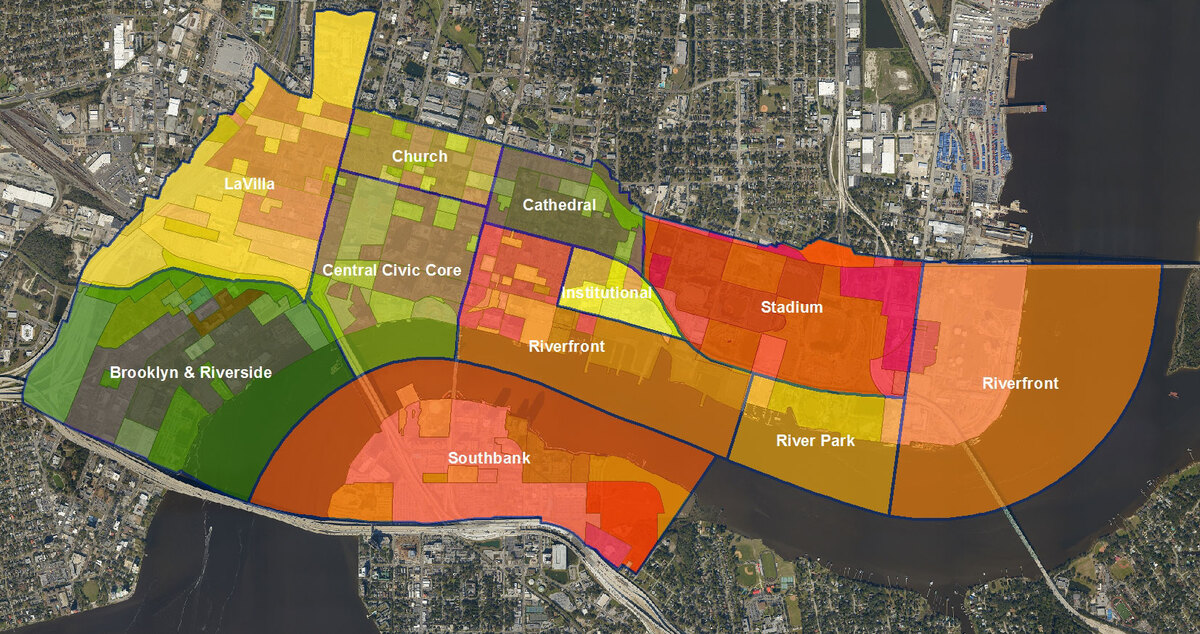
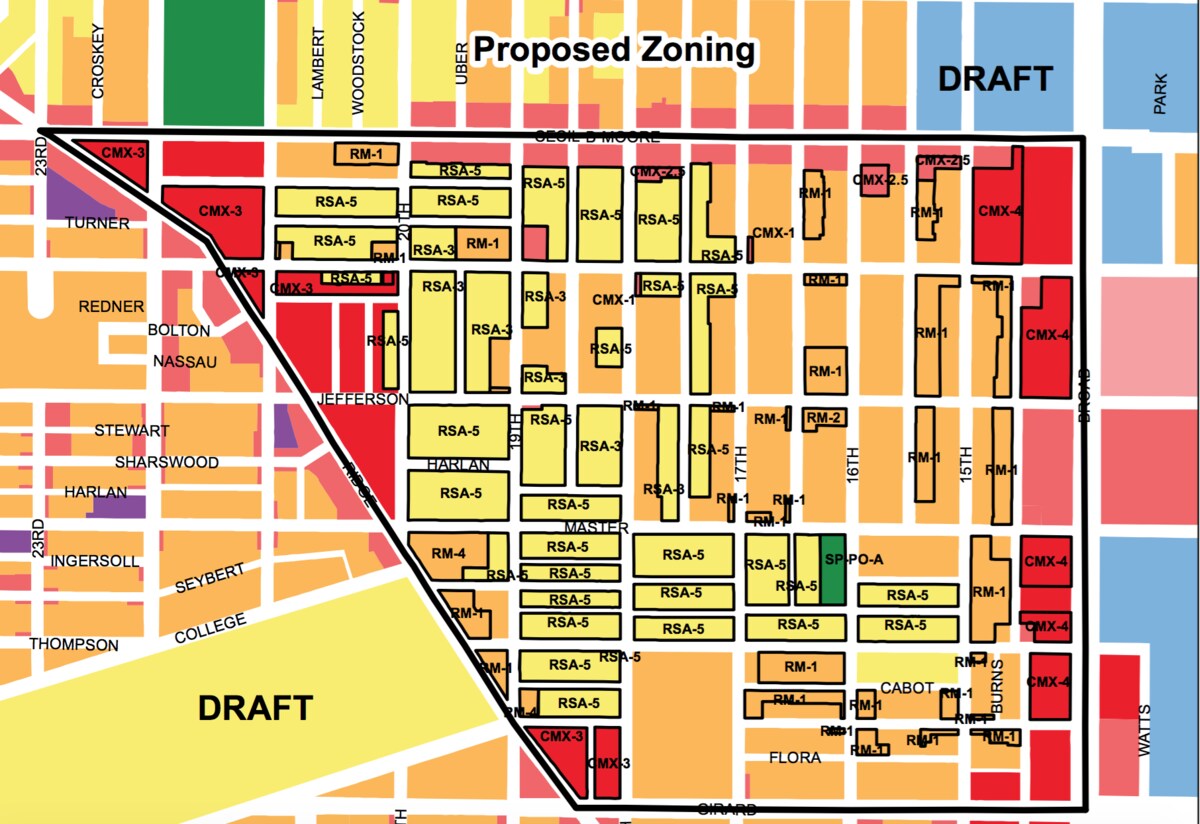
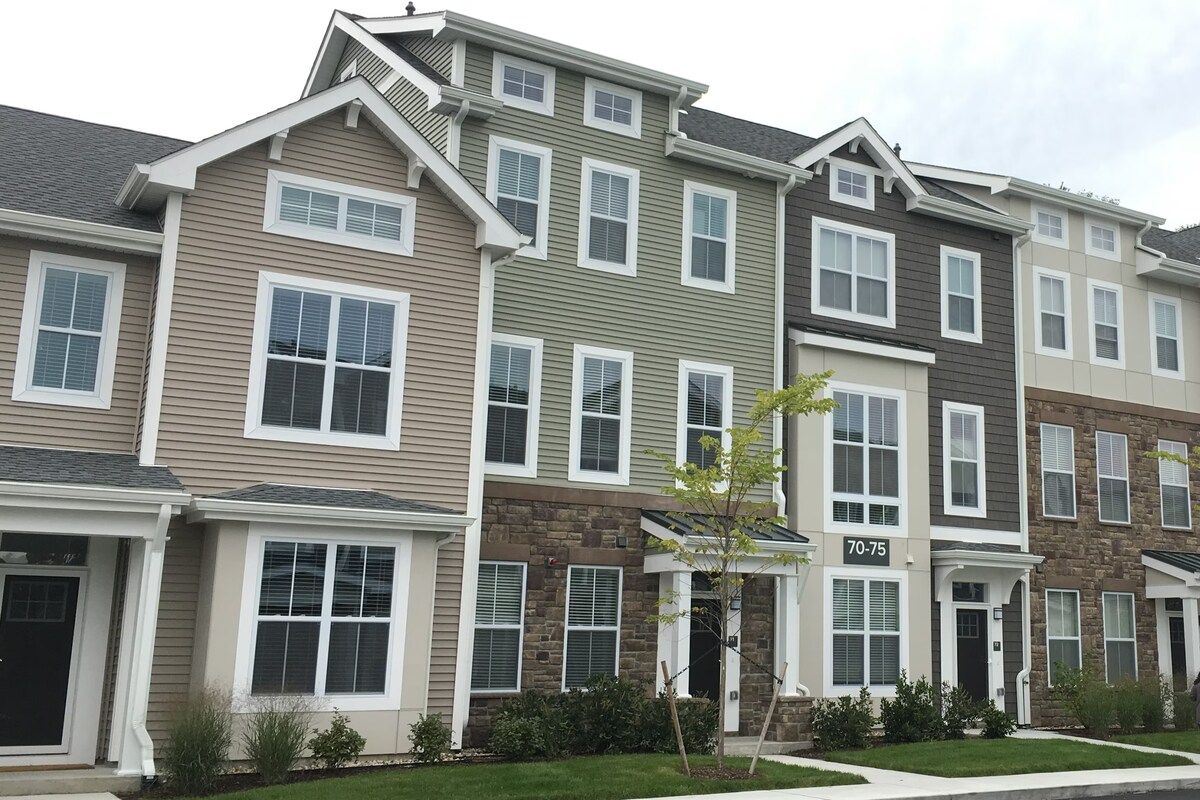

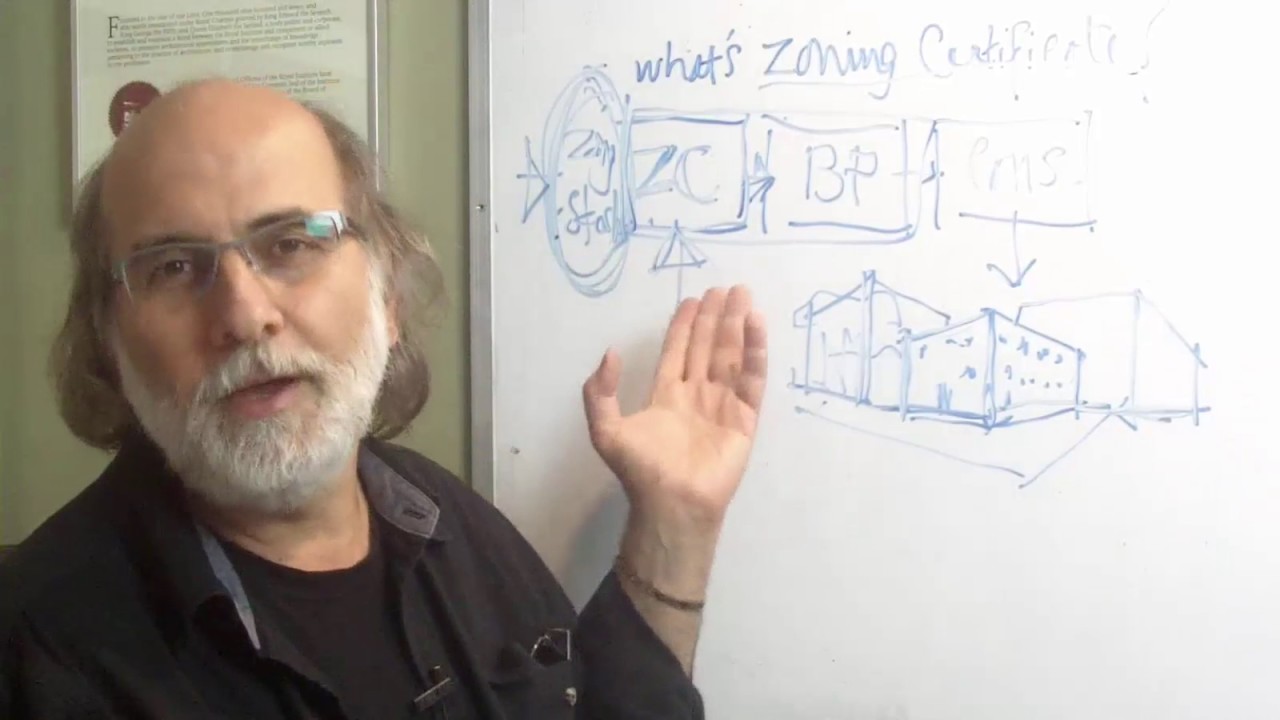
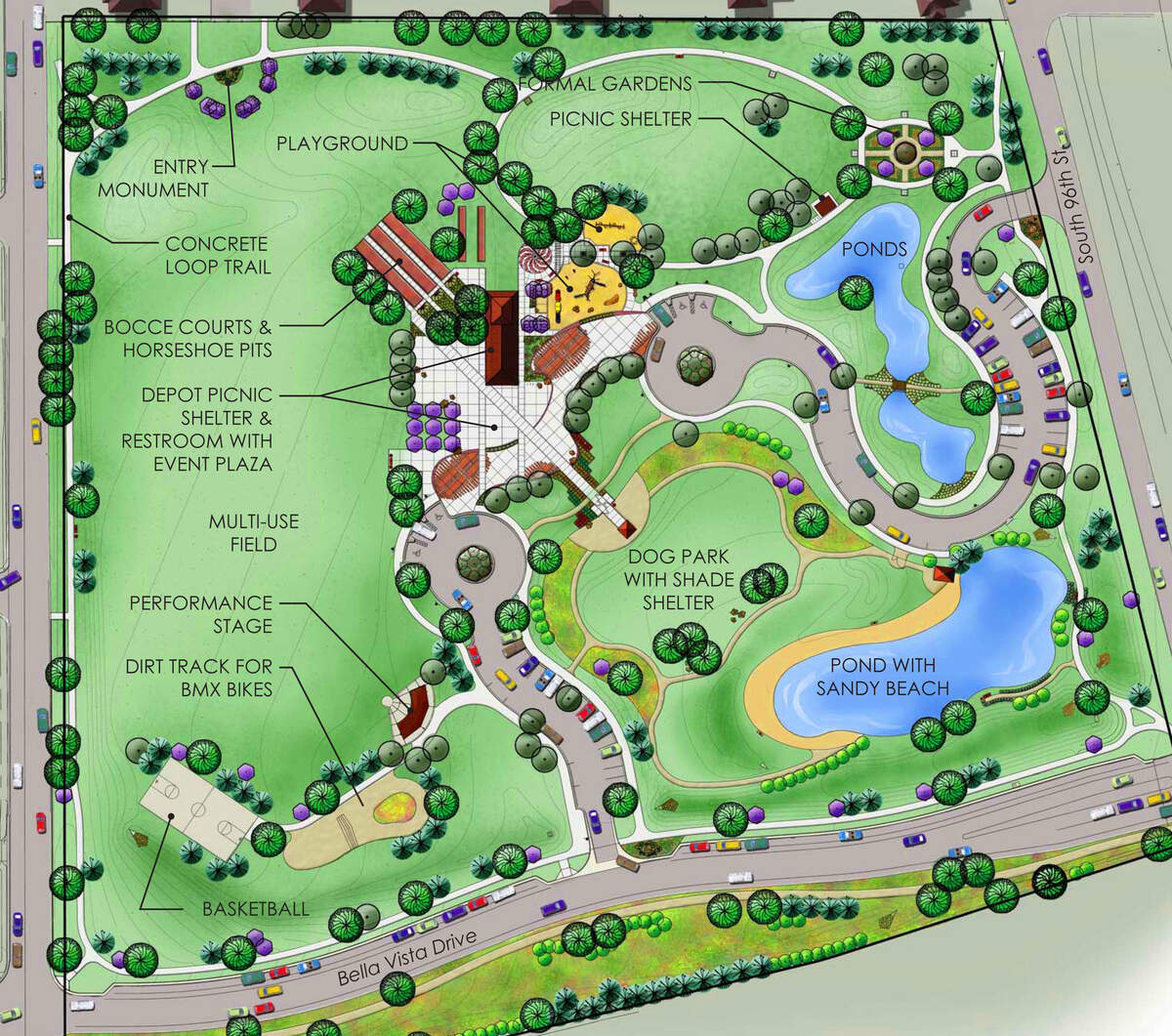

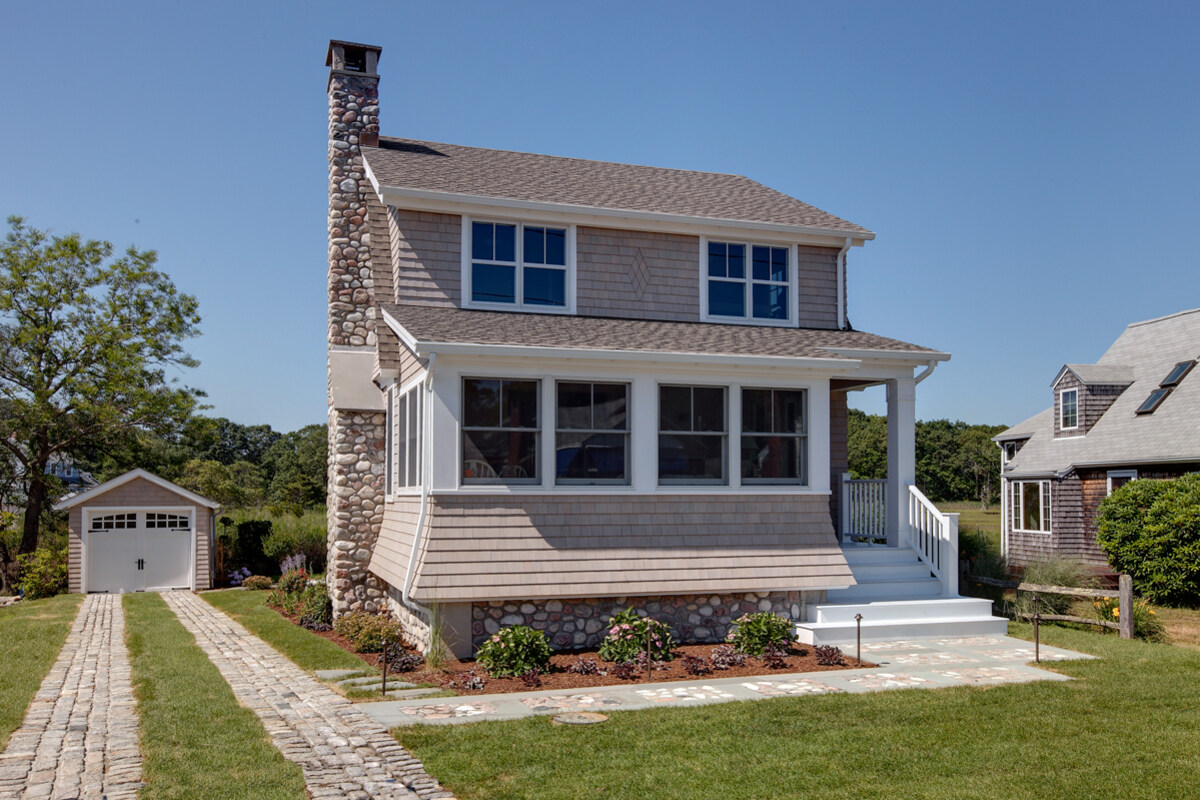

0 thoughts on “What Is A Zoning Variance”